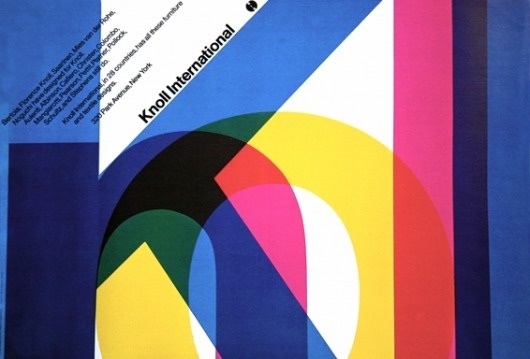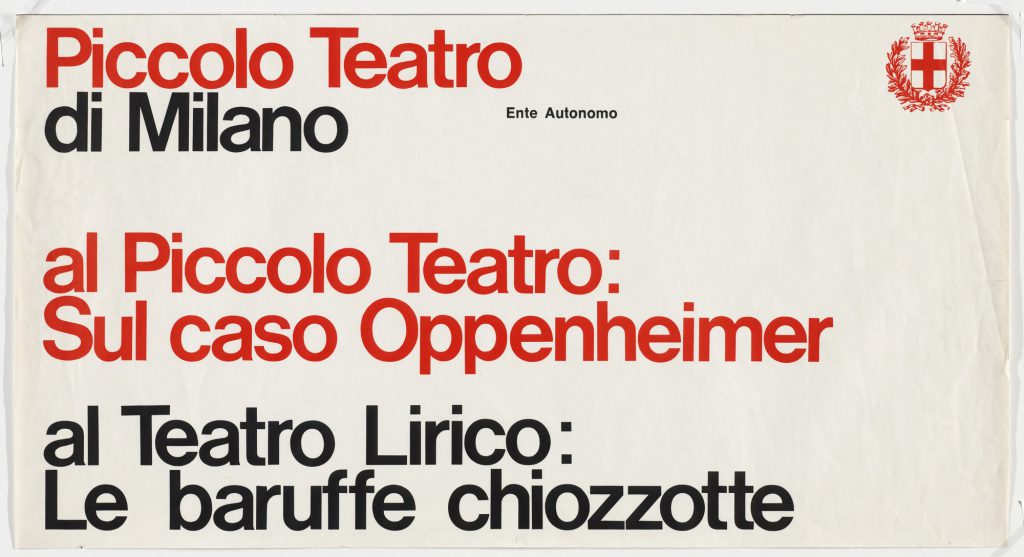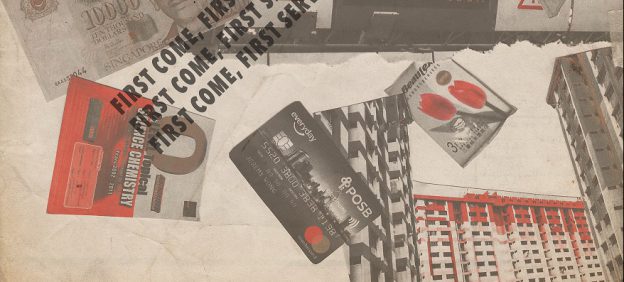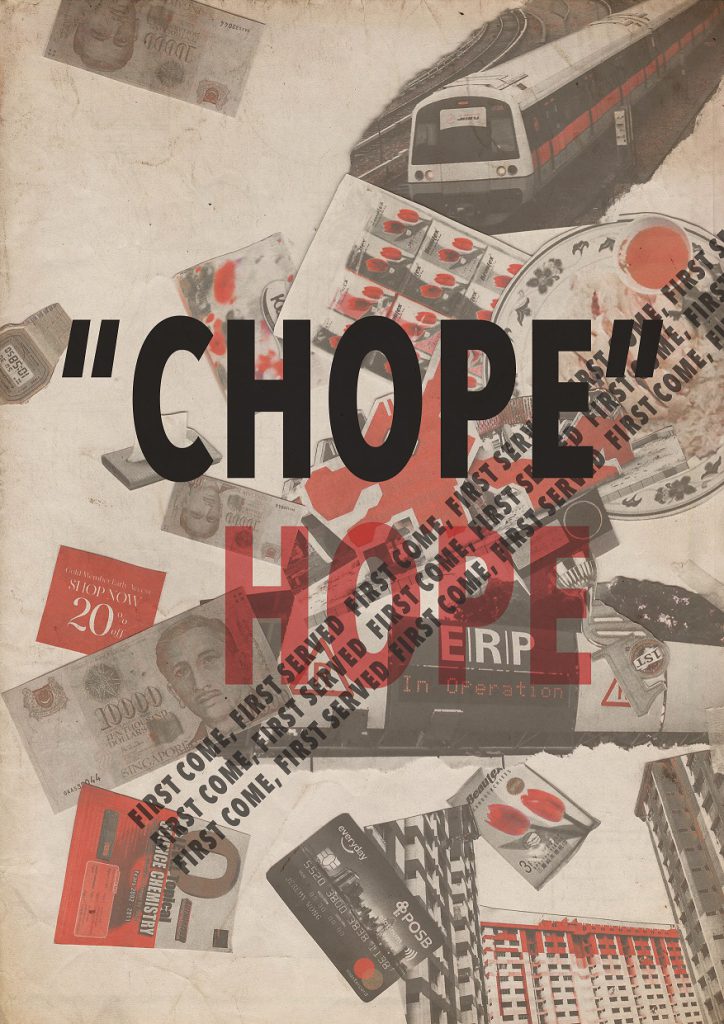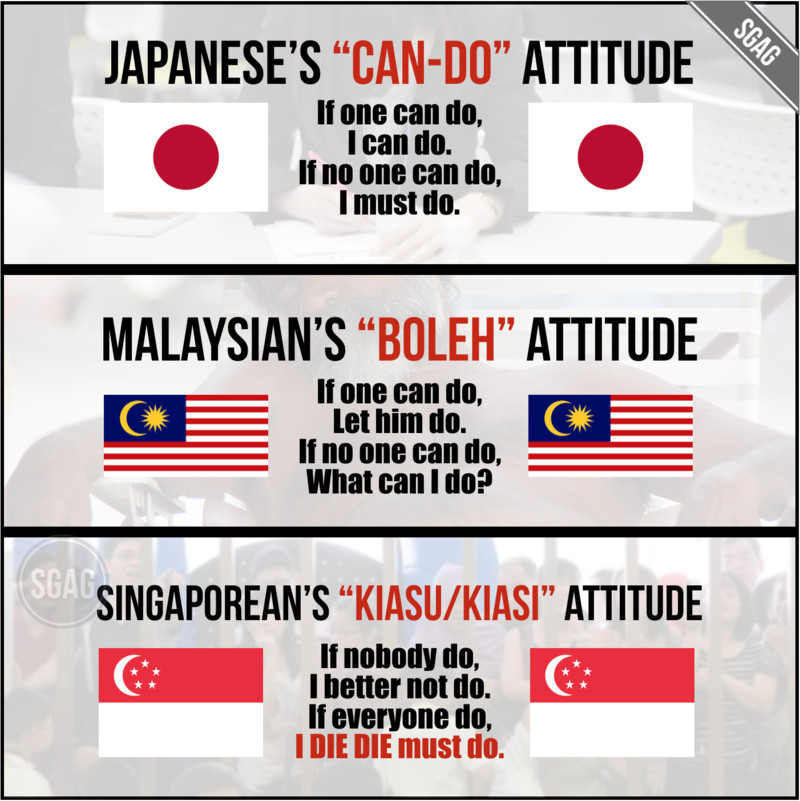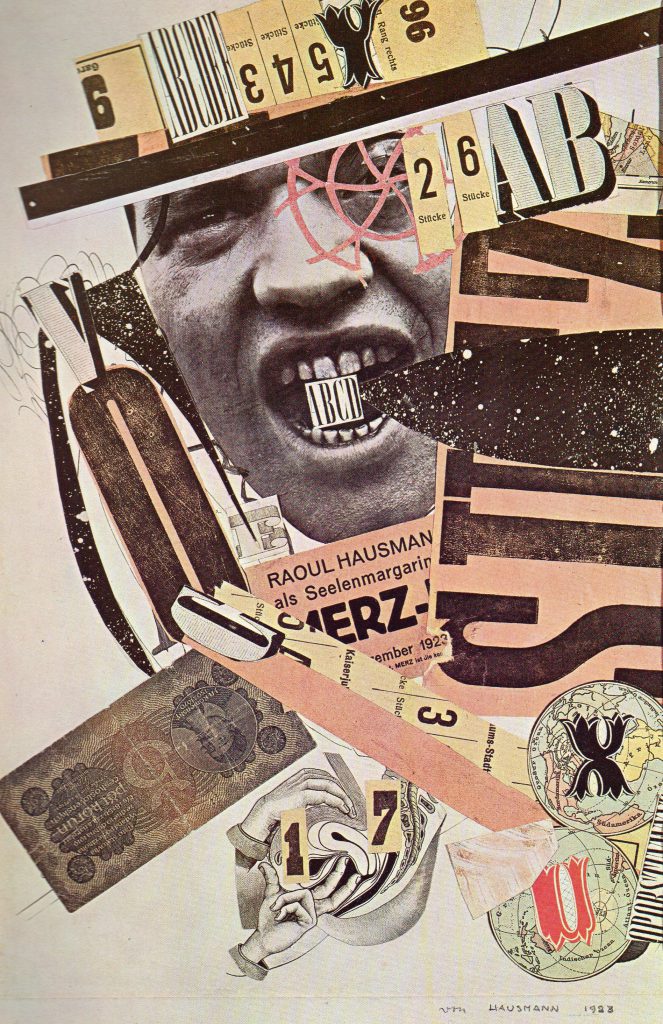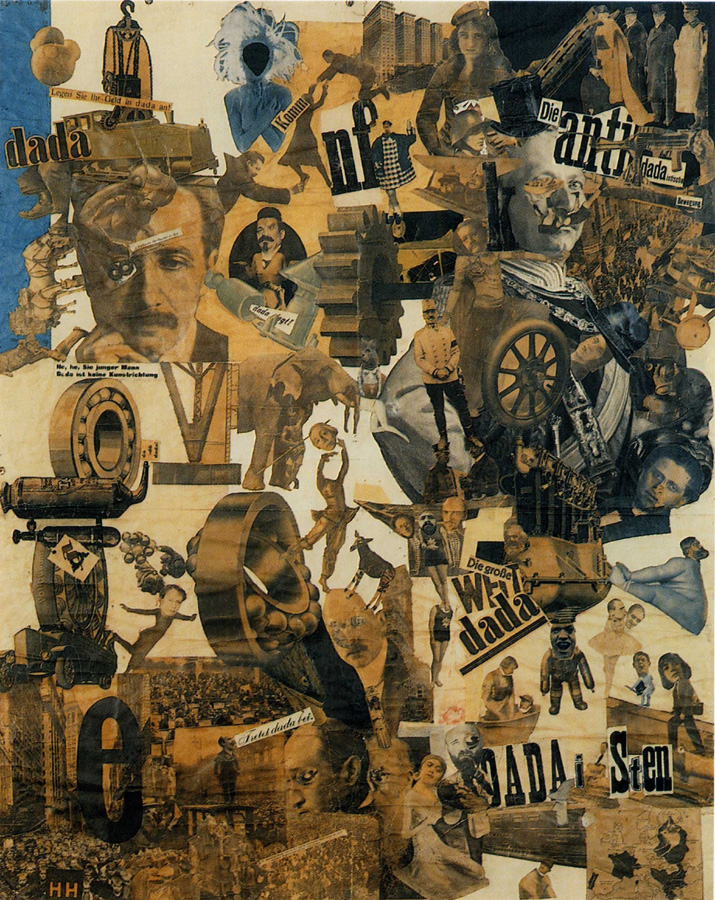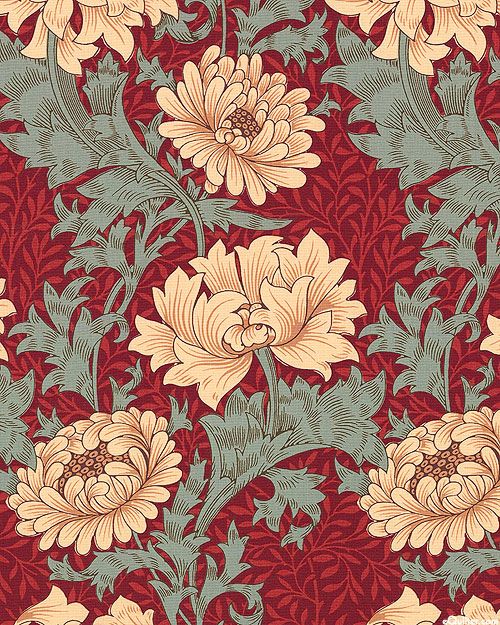After reading different takes on modernism by the artists, what intrigued me was this sentence by Milton Glaser, “So Modernism became a wonderful way for detoxifying dirty people and dirty ideas.” He then explains how Modernism rejects the emotional ideal and is lacking in passion and sexuality. And that is why corporate identities find themselves aligned with Modernism as he refers Modernism to great progression, endless frontiers and ceaseless developments.
While Glaser might believe so, I feel that there are many angles to look at this. Reducing things to its simpler forms does not always take away the meaning of it. In the case of Modernism, many art movements were experimental and looked at ways of expression. Simplicity was some of their ways to express; it does not mean that they are lacking thereof.
From Rudolph deHarak, he also mentioned, “These Modernists breathed new life into design, cutting away all unnecessary graphics appendages and leaving only the essentials.” Many artists during that time, Max Bill, Josef Muller-Brockmann and Max Huber and many more, had works manifested into a timeless style which were thoughtful and systematic. The works were bold, intensely creative and dynamic and perhaps, this is the beauty of Modernism which Glaser overlooked.

